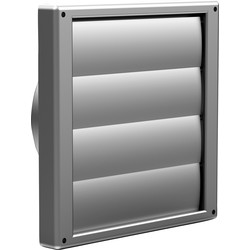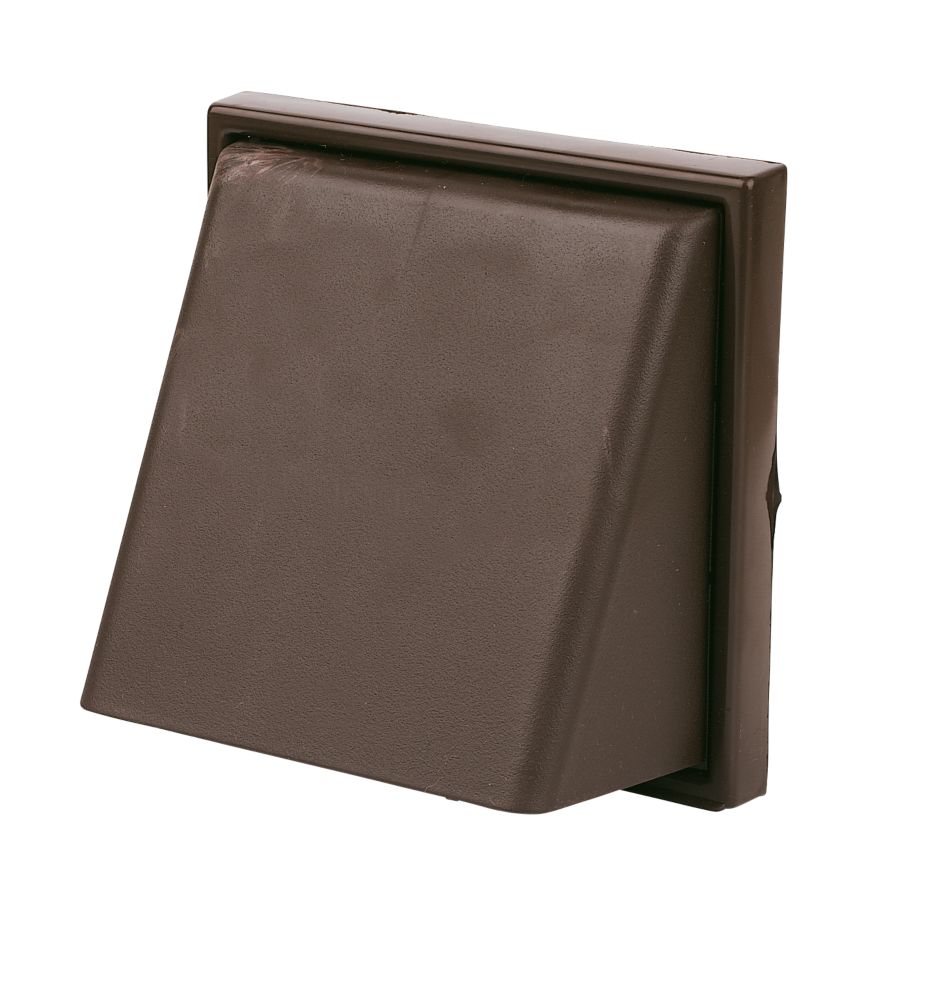I need help with the cooker hood vent. The space around the the ducting opens into the house letting in air and dust, probably some back flows as well. How can I make it all better please? The americans on youtube cry about plastic ducts are bad for fire safety. Is the situation same for the UK? I can see aluminium ducting available. I believe aluminum burns just as well. Is there any point to it at all?
The ducting end isn't attached to anything.


The ducting end isn't attached to anything.






